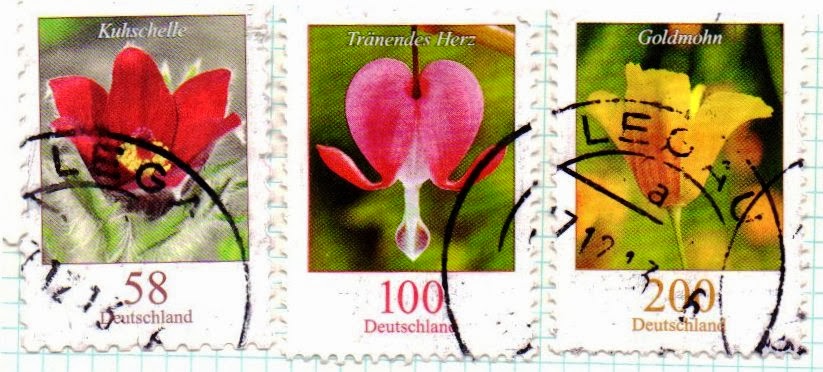When I saw our prompt for this week I knew where I was going.
But just to show willing I found some men on a mountain top.
 |
| Major Charles S Cotter of 1st Ohio Light Artillery Regiment at Point Lookout, Tennessee (Library of Congress) |
Major Cotter has the telescope; the other seven officers and men are unidentified.
I doubt that they would have been able to see our three composers across there in Norway even if the time period had been the same. They definitely wouldn't have known where the Norwegian Mount Løvstakken was located.
 |
| Bergen and Mount Løvstakken |
Bergen would not have looked like that through the telescope wielded by our composers and the 1500 seater concert hall would not have existed. I wonder what Grieg the man on the right in our prompt would have made of it.
 |
| Grieg Hall (By Nina Aldin Thune - CC BY-SA 2,5) |
I spent quite a time in Bergen when I worked in Norway at the end of the 1970s and the 1980s so recognised Løvstakken immediately; it is one of the seven mountains which surround the city. I've even a photo or two.
I just wonder where our composers sat.
And Bergen would not be complete without a shot of Grieg himself.
 |
| Statue of Edvard Grieg, Bergen |
You may recognise his hair style if you compare the statue with the man on the right of our prompt.
I don't think you would split hairs or pick a bone with me over that,
Sam might, now that he is exploring that great bone yard in the sky.
Just make sure you are looking through the right end of your telescope when you visit Sepia-Saturday-217.
In The Hall of The Mountain King
Composed by Edvard Grieg of Ibsen's play Peer Gynt












































